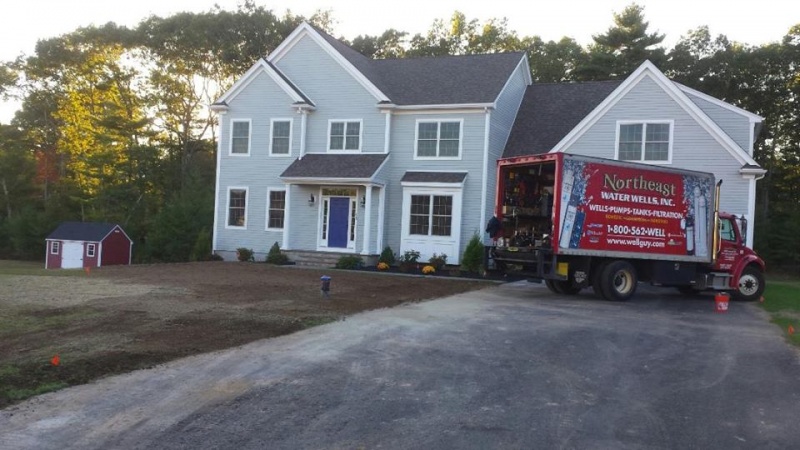Concerns about public water supplies in some parts of the U.S. have people thinking about how they can be sure their family is safe. Even in this age of widespread public water access, 13 million households get their water from their own private wells.
If this is something you are considering when looking at property to buy, you should know a private water supply is a whole new dimension of home ownership. Your new home is only as good as its water supply
As well water specialists, we want to tell you about five important factors you should know about an artesian water well before purchasing a new property.

Location, Location, Location
Knowing the location of your well before buying cannot be stressed enough. Sometimes a buried well can be found with a metal detector. Sometimes you can find that information on file with property records.
Failing those things, the only way to determine the well location is to follow electrical lines and pipes from the house to the well. And that means digging. This is not something a new homeowner wants to deal with, especially if they have no water to begin with.
Well Head Access
The well location is one thing. Getting to the well head is another. Repair costs can skyrocket if the well head is not easily accessible. We have seen well heads surrounded by rock walls, in the basement, under an addition, in the street, and under decks.
If a home you are considering has an obstruction like this, then the best advice I can give you is to run for the hills.
Supply and Flow Levels
If your water supply is inadequate, you’ll never see the end of problems. That rainfall shower head may look great on TV, it could also be your worst nightmare if the water quantity is insufficient.
Having a comprehensive flow analysis to calculate your gallons-per-minute (GPM) is vital when purchasing a home. The Massachusetts state recommendation is 5 GPM, but each town has its own quantity requirements. The larger the house, the more GPM needed.
The existing flow will also affect any planned expansions or irrigation. Remediation of a low-yielding well can cost more money than you want to sink into a home. Get your flow information first.
Other Well Specs
How deep is your well? Where is the pump set? How old are the pump and tank?
The deeper the well, the deeper the pumps are set. Deeper wells usually use larger pumps, which in turn are more expensive to repair or replace.
Make sure the right size pump and pressure tank were used for your well when the home was built. Don’t presume this was done right. Some builders may cut corners to save money or not have the proper equipment for the system.
If the pump or pressure tank are too small, then either will have to work much harder to pump the water, which will wear out the unit far faster. The average pump and pressure tank last 10-15 years, but it is not uncommon to hear of 20-year-old pumps. Having the proper components will increase the longevity of your system immensely.
If the system is on the older end, then replacement should be taken into consideration when negotiating the final property deal.
Water Quality
Water quality tests during real estate transfers are certainly sensible, but in many towns they are also law. We recommend you spend a little extra money for a comprehensive analysis of the water you and your family will be drinking. Check for radon and volatile organic compounds (VOCs).
If water quality is subpar, filters can range from $100 to $10,000 dollars or more, depending on the contaminants. If a filtration system is already part of the existing works, find out exactly how they function, how they are serviced, and when filter media is replaced.
Spending the money for a rigorous test can save you loads of trouble and expense, including health issues, in the years to come.

Recent Comments